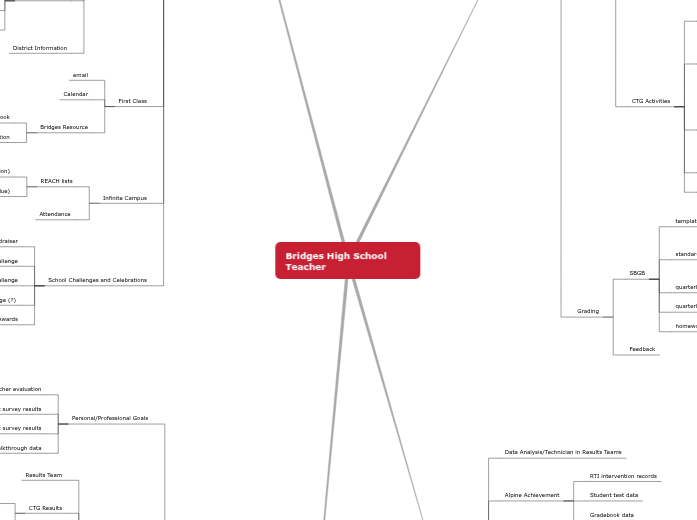arabera PIS National 4 years ago
263
Tree organigram yara ellaban
Educators employ various methods to teach students with special needs, emphasizing instructional grouping and differentiated instruction. Flexible grouping, utilizing both homogeneous and heterogeneous mixes, allows teachers to tailor their approaches.









